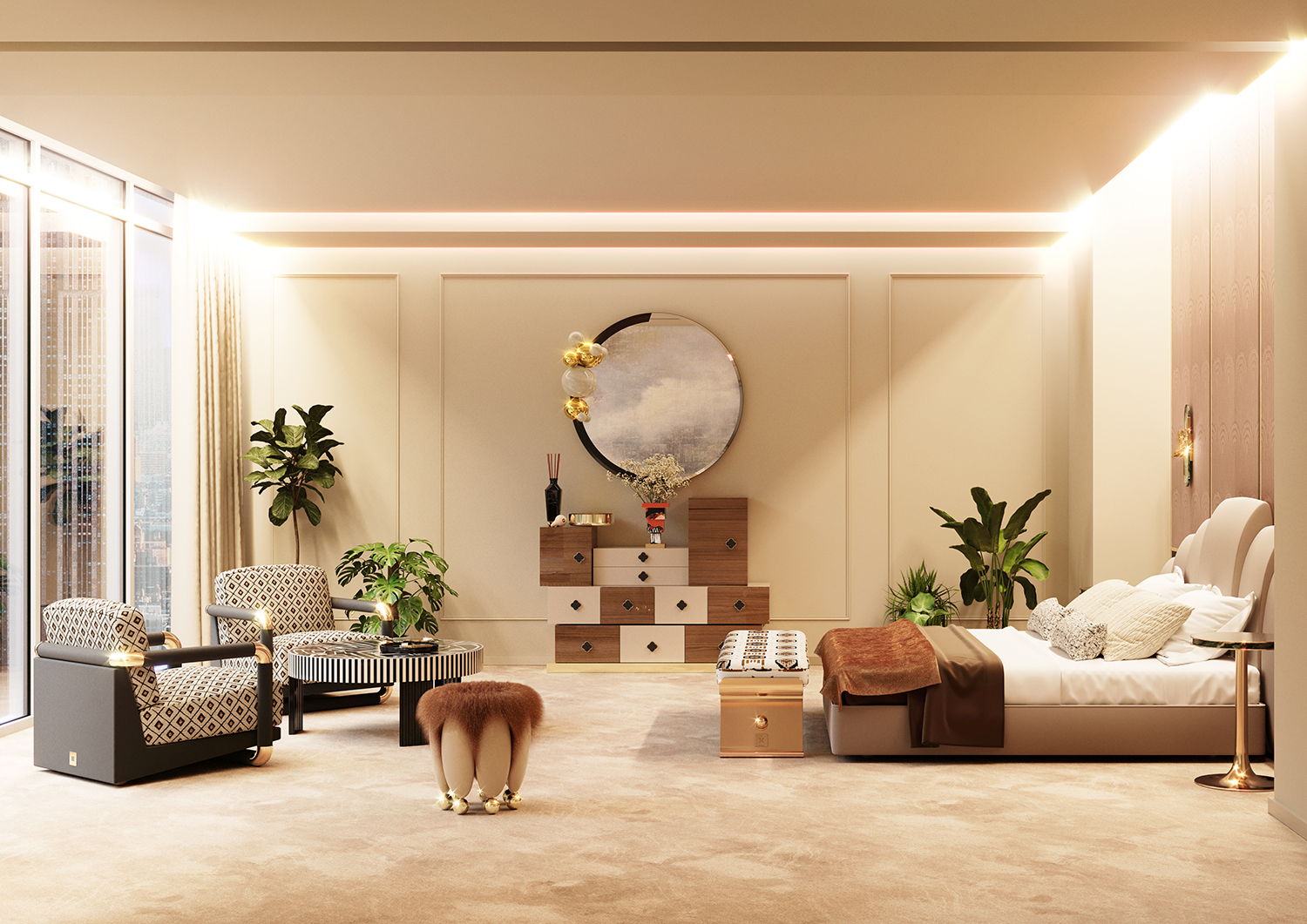Transform Your Home With Necessary Principles of Interior Style and Visual Appeals
By understanding the influence of shade concept and the significance of texture and patterns, one can produce areas that are not only aesthetically enticing but likewise deeply personal. Attaining this equilibrium involves more than plain decor; it incorporates a tactical plan and a keen understanding of how each element connects within an area.
Comprehending Shade Theory
Comprehending the principles of color theory permits designers to develop rooms that reverberate mentally with owners while satisfying useful demands. Each category plays a vital duty in establishing harmony within a room.
The psychological effect of shades is extensive; warm shades such as reds and oranges stimulate power and warmth, while awesome tones like blues and environment-friendlies advertise peace and tranquility. Additionally, the usage of corresponding colors boosts visual rate of interest, producing striking contrasts that can elevate a room's allure.
Neutral shades, on the various other hand, offer as a flexible background, permitting various other design aspects to beam. It is important to think about factors such as lights and the area's purpose when picking a shade combination, as these can modify the assumption of colors throughout the day.
Inevitably, a well-considered color plan can transform a space, cultivating a feeling of comfort and design that aligns with the occupants' choices. Mastery of color concept is, as a result, an important skill for any interior designer aiming to create unified and welcoming atmospheres.
Achieving Equilibrium in Layout
Just how can developers accomplish a feeling of balance in their rooms? Achieving equilibrium in layout is basic to developing harmonious insides.
Asymmetrical balance, on the various other hand, depends on varying aspects that still accomplish a cohesive appearance. This method allows for even more vibrant and informal setups, giving passion while preserving equilibrium. By carefully selecting differing dimensions, colors, and structures, developers can develop a visually compelling room that really feels well balanced yet energised.
Radial balance emphasizes a main prime focus with components emitting exterior. This style is typically seen in circular layouts, where furniture and design produce a natural surround that attracts the eye internal.
Inevitably, attaining equilibrium calls for thoughtful factor to consider of range, percentage, and the connections between components. miami interior design. By skillfully using these balance concepts, developers can transform spaces right into environments that feel both visually pleasing and functionally harmonious, improving the overall experience for occupants
Significance of Spatial Recognition

A keen feeling of spatial recognition allows developers to determine focal factors within a room, directing the visitor's focus to crucial features while keeping a general sense of unity. It also helps in the tactical positioning of lighting, which can substantially affect the understanding of room and mood. Comprehending spatial connections makes it possible for the designer to cater to the particular requirements of occupants, making certain that each area serves its desired objective without jeopardizing visual appeals.
Ultimately, spatial understanding is essential for making the most of the possibility of any kind of indoor space. By carefully considering the interaction between measurements, format, and feature, developers can produce atmospheres that not only meet practical needs yet this additionally evoke a sense of comfort and beauty, improving the total living experience.
Integrating Appearance and Patterns
Embracing a varied variety of appearances and patterns can dramatically enhance the visual and tactile allure of an interior room. The strategic usage of numerous materials-- such as wood, metal, fabric, and stone-- creates depth and interest, making a space really feel much more inviting and vibrant. As an example, integrating smooth surfaces with rough textures can establish an equilibrium that draws the eye and involves the senses.
When integrating patterns, think about both range and rep. Large patterns can act as prime focus, while smaller sized, subtle layouts can complement other elements without frustrating the room. Layering patterns, such as pairing floral pillows with striped throws, includes complexity and a sense of consistency if executed thoughtfully.
It is additionally vital to maintain a cohesive color combination, guaranteeing that appearances and patterns collaborate as opposed to complete for attention. By selecting a few crucial appearances and patterns, you can develop an unified aesthetic that reflects learn this here now your personal design while boosting the general ambiance of the area. Ultimately, the cautious consolidation of these components can transform an ordinary room into a sophisticated setting rich with personality and warmth.
Personalizing Your Room
Producing an area that reflects your character is vital to achieving a truly welcoming environment. Personalization in indoor style enables you to infuse your unique design and passions right into your home, transforming it from a plain shelter into a sanctuary that talks with that you are. Begin by picking a color scheme that resonates with your emotions-- strong colors can invigorate, while soft tones provide tranquility.
Include artwork and decor that mirror your enthusiasms, whether it be traveling, nature, or abstract principles. Displaying individual collections, such as books, pictures, or keepsakes, can evoke valued memories and create centerpieces within a room. In addition, consider personalizing practical pieces, like upholstered furniture, to straighten with your visual choices.

Final Thought
To conclude, click for more the transformation of a home with the important concepts of interior decoration and aesthetic appeal requires a thorough understanding of shade concept, balance, spatial understanding, structure, and customization. Each element contributes significantly to developing an unified and practical living setting - luxury interior design. By attentively incorporating these principles, individuals can enhance the aesthetic appeal and psychological vibration of their rooms, ultimately promoting a home that mirrors one-of-a-kind identifications while providing convenience and practicality